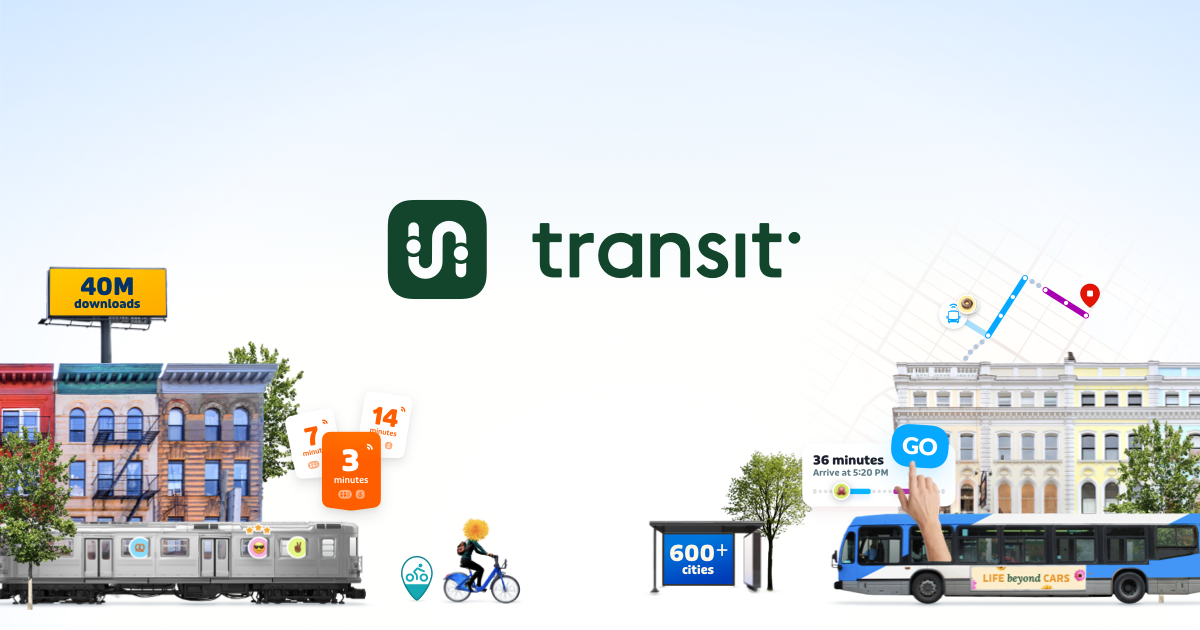I went through and tried to plot an MBTA frequencies map, as it currently is on Sundays. It's quite cumbersome, and I believe there is a much easier and faster way to do this than I made this map.
While most public transit frequency maps point to rush hour service or Monday - Friday service, it doesn't really tell the full story on how much frequency there is evenings, weekends, or Sundays. A route could run every 5 minutes rush hour, and every 20 minutes during the day, but have NO service on Sundays, such as the 7 bus (service is every 45 mins midday). The MBTA doesn't publish a frequency map of their services at all, as it as currently.
A frequency map showing Sunday service, shows where service runs 7 days a week, and which service is frequent, even on Sundays, all days. Using a Sunday frequency map, one can hop on a transit at 10:30 p.m. Sunday evening, and know transit is running at least that frequent until 12:00 a.m. midnight Sunday evening, 7 days a week, 7am - midnight, frequent service. Rail and subway routes are marked by frequency alongside buses, regardless of the mode of transit. The single purpose of this map is to show frequency, and nothing else. Transit mode doesn't matter as much as the frequency. The map should show the minimum frequency (i.e. the worst possible), in other words, all day Sunday service frequency.
Some routes run 10 a.m. - 5:00 p.m. Sundays, and some run from 5:45 a.m. until 1:15 a.m. As such, I simply counted the number of trips, rounded up, needed to run a full 20hr+ service day (5:45a - 1:15a) on Sundays to determine average Sunday service frequency. Service that runs for a shorter span of service is penalized as less frequent service on Sundays on the map, even if service is more frequent than listed below, during it's shorter operating span of service. Routes that do not operate Sundays are not displayed at all and removed from the map entirely (example: 92 bus in Charlestown).
The number of trips operated in both directions on Sundays is as follows:
1 - 10 trips -> Every 2 hours or less frequent. (thin yellow line)
11 - 20 trips -> Every 1 - 2 hours. (thin pink line)
21 - 40 trips -> Every 30 - 60 minutes (thin green line)
41 - 60 trips -> Every 20 - 30 minutes (medium yellow line)
61 - 80 trips -> Every 15 - 20 minutes (medium brown line)
81 - 100 trips -> Every 12 - 15 minutes (medium blue line)
101 - 120 trips -> Every 10 - 12 minutes (thick dark blue line)
121+ trips or more -> Every 10 minutes or better (thick black line)
I can't make a smooth color code since Google Maps only allows a few select colors. So I opted to use black, blue, and darker colors up until it hits hourly, then use red and yellow for less frequent service. It'll be interesting to compare this map to BNRD bus network redesign, which is supposed to begin a phased rollout in summer 2023, 5-7 months from now.
There must be an easier way to plot updated MBTA Sunday frequency service maps, every time Bus and Subway schedule changes every 3 months (next change is March 11, 2023). If anyone is willing to update this again in mid-March (last bus schedule change before BNRD, pending/tentitively), please do so/set a reminder. Map URL, (duplicate/copy & fix/update the map come mid-March
https://www.google.com/maps/d/u/0/viewer?mid=1iC1bt0iRJH0lH4ScbqT5lTA9IyKYcqQ )
East Boston ferry isn't currently operating, nor does the Hingham/Hull ferry run on Sundays. As such, all ferry service is omitted from the map.
The full Sunday service frequency map, Commuter Rail is only shown where buses run, for visibility of Boston area routes, not much changes with CR frequency outside of the buses. EDIT: Trying out orange for the >=2+ hourly routes.
View attachment 32826
Service every hour or better all day Sunday from early morning until late night:
View attachment 32799
A closer look at hourly Sunday service or better in the inner core of Boston. More detail in the downtown area and surrounding areas. Fascinating.
View attachment 32808
Service every 30 minutes or better all day Sundays. The Green Line Extension added a huge swath of Somerville with every 30 minute service or better.
View attachment 32805
Every 20 minutes, 15 minutes, and 10 minutes, Sunday service.
View attachment 32802View attachment 32803View attachment 32804
Red Line runnning 18 minute headways on individual branches doesn't do it for every 15 minute Sunday service. It will need at least 81 trips on individual branches to meet the 15 minute threshold using my map due to my crude calculation formula, even if actual headways are lower than 15 minutes all day using only 74 trips for the day Sunday. Note the 15 minute frequency map for Sundays, much of Somerville is now served with the new GLX.
One other unique example is the 134, where headways are longer than 1 hour midday, but headways of 40 minutes in the mornings and evenings to Medford Sq., causing the Medford Sq. portion to appear as "every 60 minutes or better", since more than 21 trips are operated to and from Medford Sq., combined.
I tried to aggregate shared corridors with somewhat coordinated headways for the 71/73, 87/88, 94/96, 104/109, 116/117, 441/442, Red, Green, and Newburyport/Rockport Lines. Some use existing short turn runs to calculate the shared corridor, other shared corridors had to be manually compiled. The 111 is marked as an express bus route.



